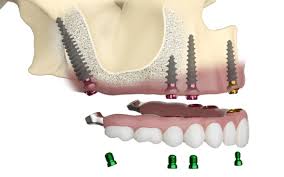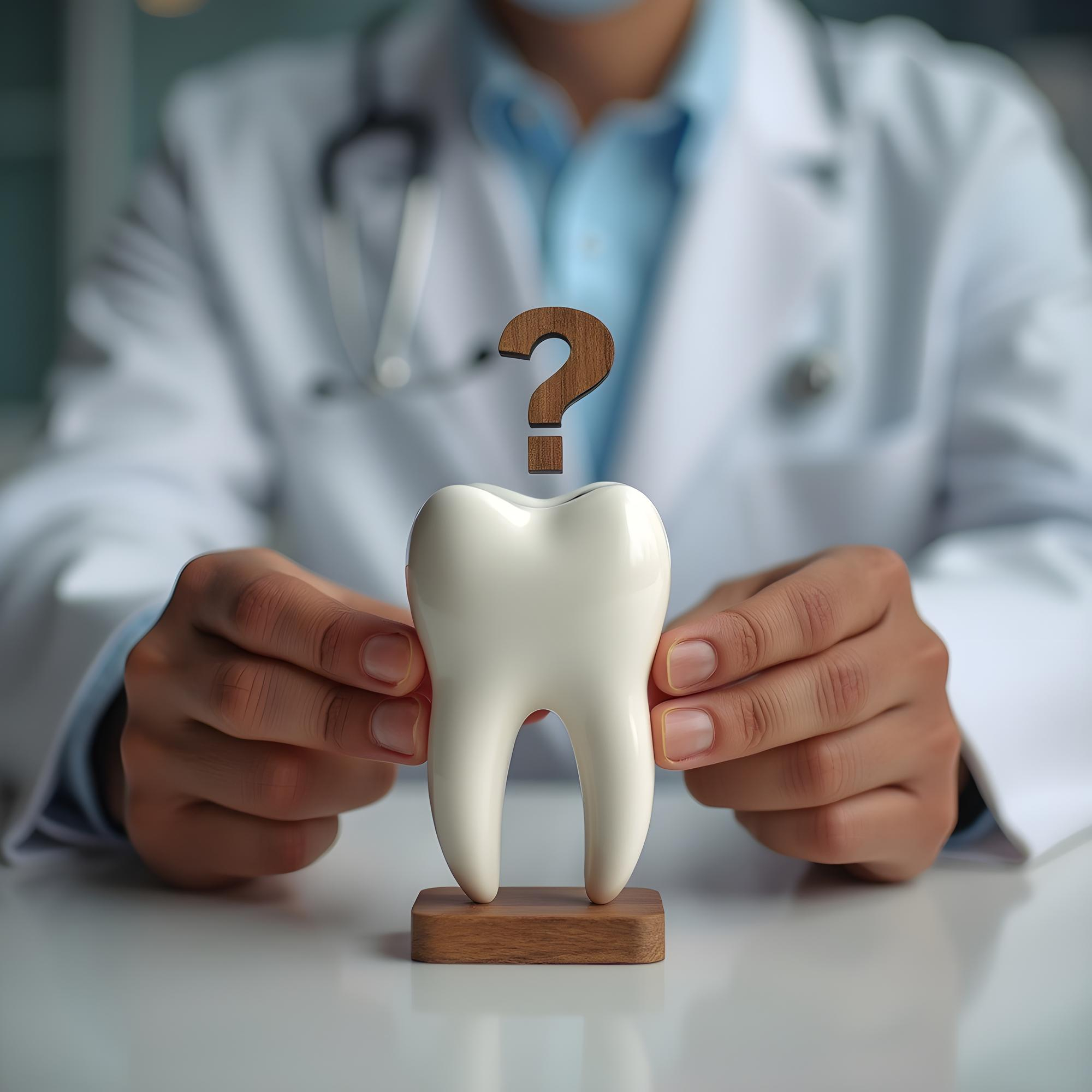Pterygoid Implants

What Are Pterygoid Implants?
Pterygoid implants are long dental implants placed at an angle into the pterygoid region (a dense area of bone behind the upper jaw). They are designed to anchor into the pterygoid plate of the sphenoid bone, providing strong support in cases where the back of the upper jaw has insufficient bone for regular implants.
This advanced implant approach avoids the need for sinus lift or bone grafting in the posterior maxilla.
When Are Pterygoid Implants Needed?
there is severe bone loss in the upper back jaw due to aging, tooth loss, or disease
there is severe bone loss in the upper back jaw due to aging, tooth loss, or disease
When the patient wants to avoid sinus lift surgery
When stable support is needed for full-arch prosthesis in the upper jaw (often used with zygomatic or basal implants)
Benefits of Pterygoid Implants
Strong anchorage in dense bone — no grafting required
Ideal for full-mouth rehabilitation
Reduces treatment time and cost by avoiding sinus surgeries
Enables fixed teeth even in severely resorbed upper jaws
Immediate or early loading possible in many cases
High long-term success rates with experienced implantologists
Process
Advanced CBCT Scan & Planning
Digital analysis to precisely target the pterygoid bone
Implant Placement
Under local anesthesia or conscious sedation, the implant is angled and placed through the posterior maxilla into the pterygoid bone
Immediate Loading (if feasible
Temporary prosthesis may be fixed within 48–72 hours
Final Prosthetic Phase
After healing and osseointegration, permanent teeth are placed for long-term comfort and function

Why choose us
- Personalized Treatment Plans: Tailored to your unique needs and goals.
- Advanced Technology: Utilizing the latest dental and facial aesthetic innovations.
- Experienced Professionals: Our team of skilled dentists and surgeons are dedicated to excellence.
FAQs
For patients with extreme bone loss in the upper jaw where posterior support is needed.
It requires expertise but is done under anesthesia and is generally well-tolerated.
Yes, they are often used in full mouth rehabilitation along with zygomatic or conventional implants.


